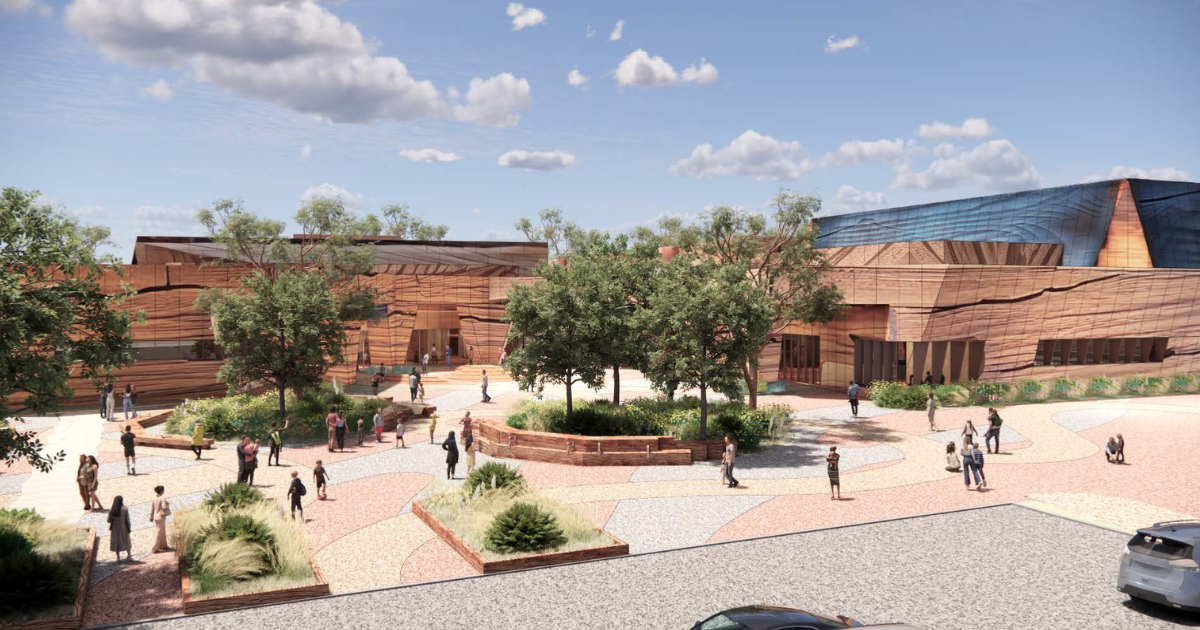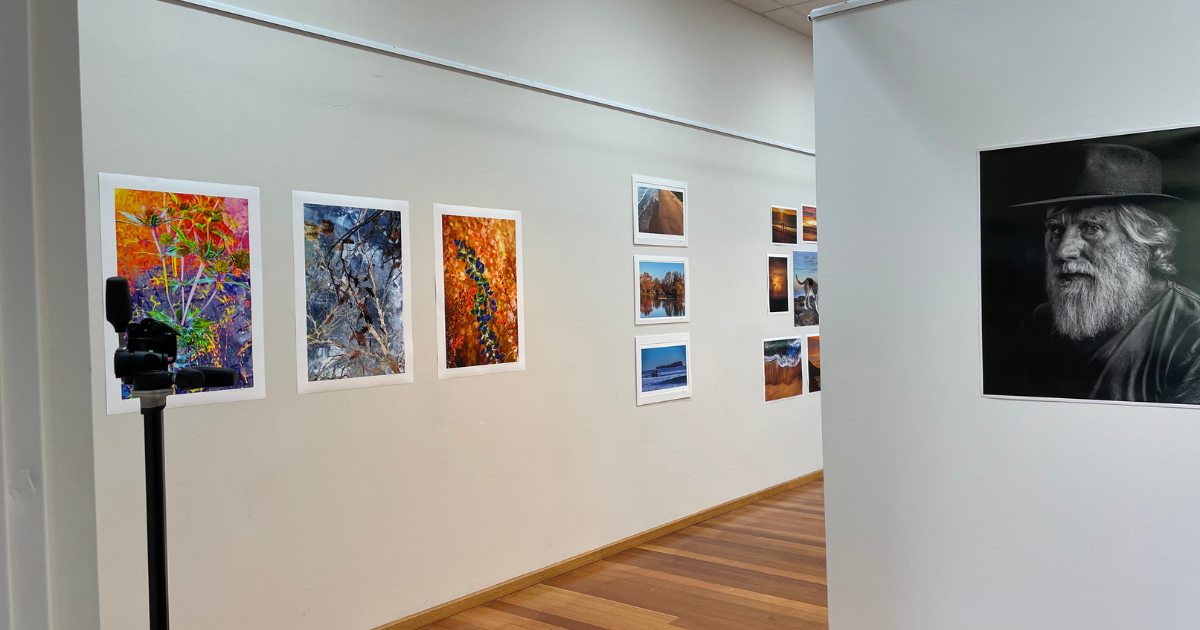Boosting winter growth

Agriculture Victoria livestock industry development officer Nick Linden said soil temperature, much like moisture and fertility, played a major role in controlling plant growth.
FARMERS have experienced a scratchy sowing season as conditions remain dryer than normal leading into winter.
North of the Hamilton Highway seems worse for cereal farmers who were, and still are sowing dry in places.
Most crops are already up south of the highway but so are the weeds, with onionweed getting more of a hold this season.
Most of the state experienced an extremely dry autumn. When rain does fall, soil temperature may become the main factor limiting pasture growth.

Agriculture Victoria livestock industry development officer Nick Linden said soil temperature, much like moisture and fertility, played a major role in controlling plant growth.
“Covers will stop fixing much nitrogen below about 9 degrees, which can provide some opportunities for response to urea.
“Research in Tasmania shows that perennial ryegrass continues to grow down to about 5 degrees, while annual ryegrass as low as 2 degrees.
“Australian Phalaris has been shown to also grow down to about 5 degrees and a ‘guesstimate’ for more winter active cultivars is between 1.5 and 2 degrees lower.”

Mr Linden said urea and gibberellic acid (GA) provide options to increase pasture growth when nitrogen and/or soil temperature is limiting, on the proviso that good soil fertility, perennial pasture species and soil moisture are present.
GA is made naturally in plant roots during spring and stimulates shoot and cell elongation, promoting plant growth.
The application of manufactured GA in winter stimulates plant growth and increases winter feed availability.
“GA should be applied when air temperature is between 5 and 15 degrees, when natural levels of GA are low,” Mr Linden said.
“Several producer groups have trialled using GA with or without urea and results have varied across sites and years, so it may be worth talking to a local group or agronomist for advice on what to expect.
“The response to urea will be slower than when pasture growth is optimal (i.e. spring) but may be worthwhile.”
For more information, head to agriculture.vic.gov.au

















